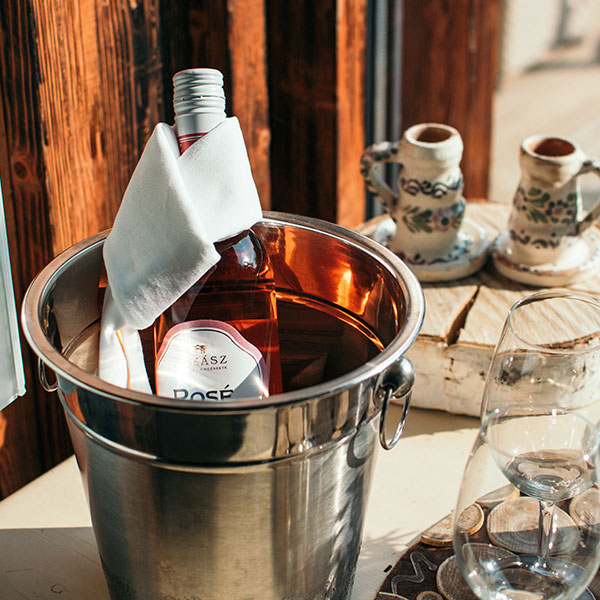Table of Contents
UMBRIA IS ONE THE BEST OLIVE OIL PRODUCER IN THE WORLD
Umbria is a land apart, with its singular character, identity, and magic, timeless landscape. Many consider this region a "Fairytale" destination.
At the geographical center of Italy, it is known, thanks to its lushness, as the peninsula’s “Green Heart.”
Its rolling hills and fertile plains are studded with picturesque towns, castles, and monasteries, recalling millennia of human habitation. The landscape ranges from the great green slopes and peaks of the Monti Sibillini and the mountain chains that border Le Marche to the gentle hills and plains around Assisi and Deruta.
UMBRIA, THE GREEN HEART OF ITALY
UMBRIA AND OLIVE OIL
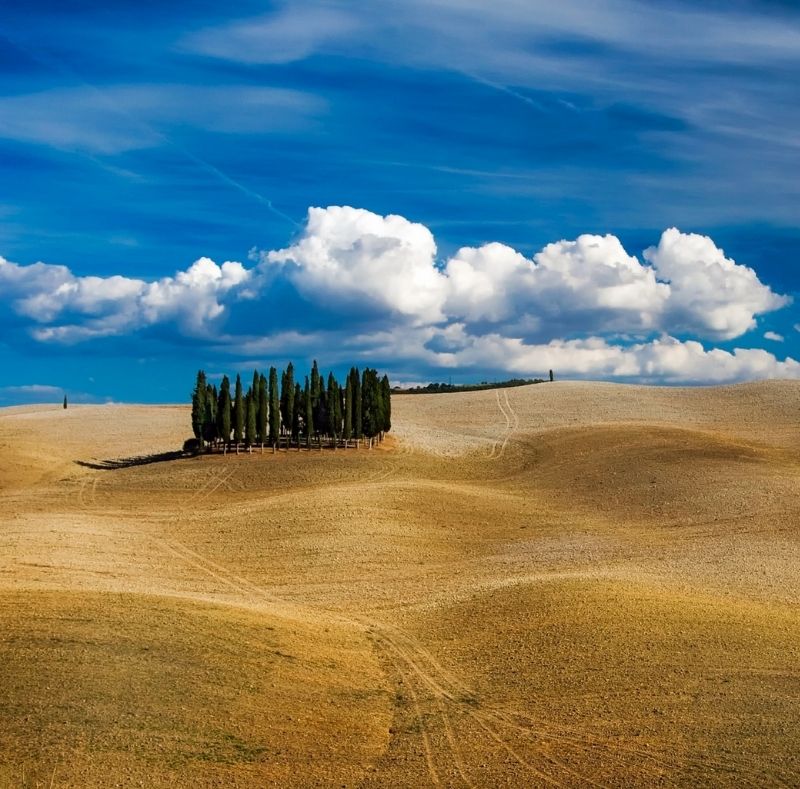
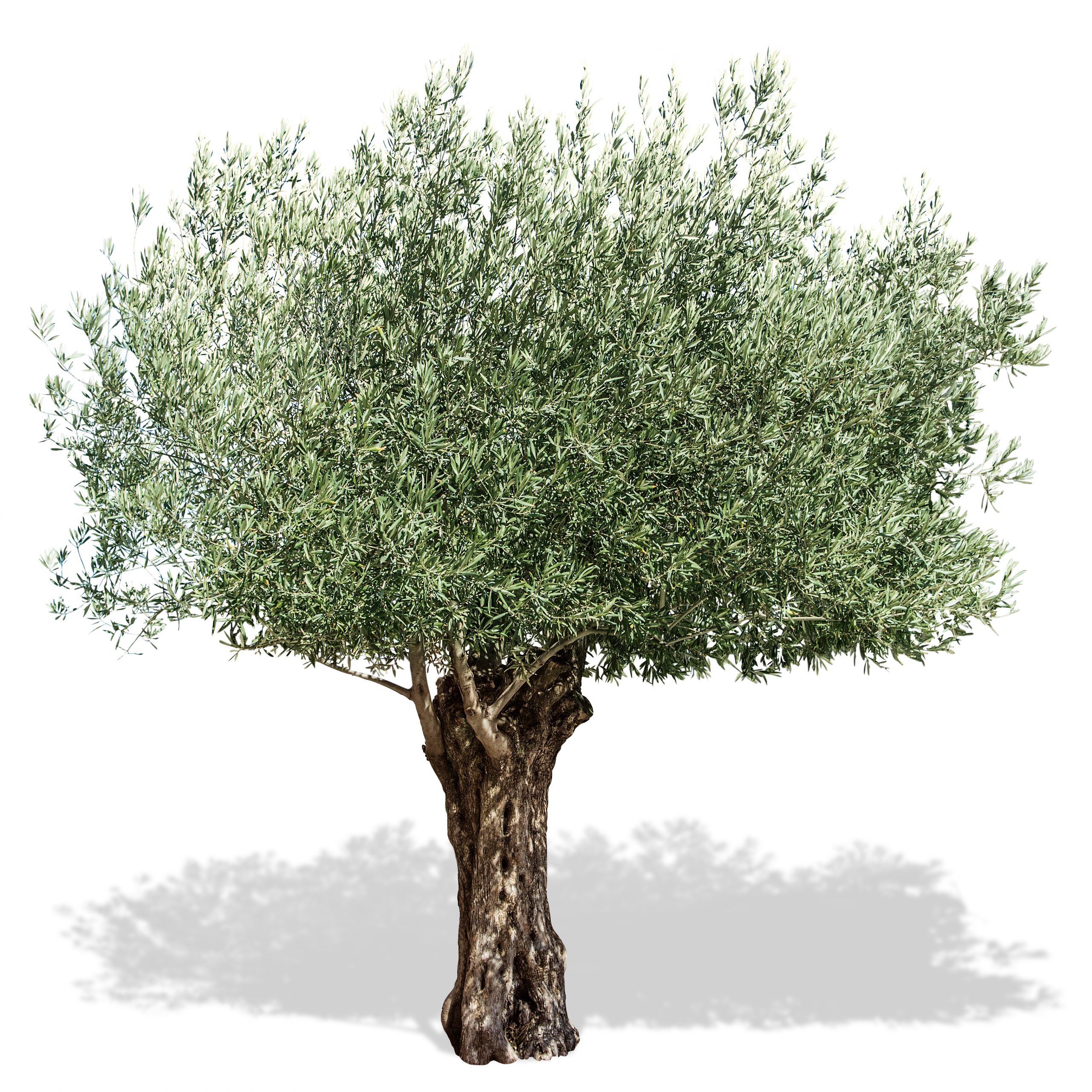

Umbria is a region in central Italy that is known for its beautiful landscape, rich history, and excellent cuisine. One of the key ingredients in Umbrian cuisine is olive oil, which is produced in abundance throughout the region.
Umbria is considered one of Italy’s best olive oil-producing regions and even the world.
The region is known for its high-quality extra virgin olive oils, made using traditional and sustainable farming methods.
Umbria’s climate and terrain are ideal for growing olive trees, and the region is home to several varieties of olives, including Moraiolo, Frantoio, Leccino, and others.
The unique climate and soil of Umbria and local producers’ expertise contribute to the distinctive flavors and aromas of Umbrian olive oils.
These olives are typically harvested in the fall and early winter and then pressed to produce high-quality extra-virgin olive oil.
One of the most famous areas for olive oil production in Umbria is the town of Trevi, which is located in the hills between Spoleto and Foligno. The olive groves in this area produce some of the finest olive oil in the region, known for its rich, fruity flavor and high levels of polyphenols and oleocanthal.
However, it’s important to note that olive oil production and quality can vary greatly from producer to producer. The quality of olive oil will depend on factors such as the variety of olive used, the production methods employed, and the care and attention given by the producer.
Umbrian olive oil is typically used in a wide variety of dishes, including pasta sauces, soups, and salads. It is also often used as a finishing oil, drizzled over grilled meats, roasted vegetables, or crusty bread.
In addition to its culinary uses, Umbrian olive oil is also prized for its health benefits. Like other high-quality olive oils, Umbrian olive oil is rich in polyphenols, which have been shown to have numerous health benefits, including anti-inflammatory and antioxidant properties.
Overall, Umbria is an excellent destination for olive oil enthusiasts, with a rich tradition of olive oil production and plenty of opportunities to sample some of the region’s finest oils.
Small in comparison to its neighboring regions, with barely a million inhabitants, Umbria radiates a powerful image, both in Italy and abroad.
WHY YOU SHOULD TRAVEL TO UMBRIA
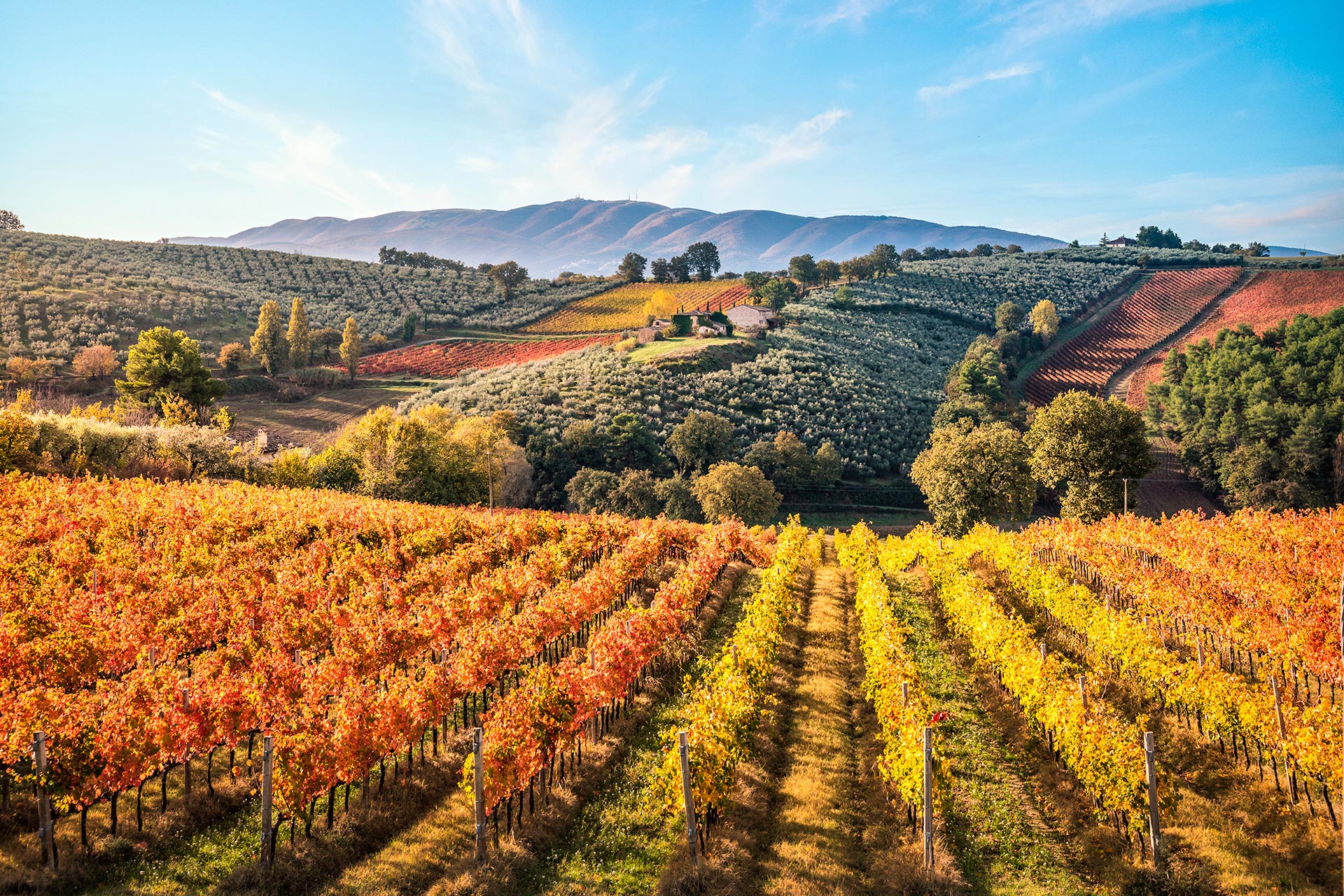
There are many reasons why someone might want to travel to Umbria.
SIX CITIES TO VISIT IN UMBRIA
Beautiful scenery: Umbria is known for its stunning landscapes, rolling hills, and picturesque villages. Whether you’re looking to take a leisurely stroll through a medieval hilltop town or hike through the countryside, there’s plenty of natural beauty to explore.
Delicious cuisine: Umbrian cuisine is a celebration of fresh, local ingredients, and is known for dishes such as truffle pasta, wild boar, and porchetta. The region is also famous for its olive oil and wine.
Rich history: Umbria is steeped in history, with many towns and cities dating back to the Roman era. Visitors can explore ancient ruins, historic churches, and art-filled museums.
Art and culture: Umbria has a vibrant arts scene, with many festivals, concerts, and performances throughout the year. The region is also home to many talented artisans, from ceramicists to woodworkers.
Outdoor activities: Whether you’re looking to hike, bike, or kayak, Umbria has plenty of outdoor activities to keep you active and engaged. The region is home to many parks, nature reserves, and lakes.
Peace and tranquility: Umbria is often referred to as the “Green Heart of Italy” due to its peaceful and rural nature. It’s a great place to unwind and relax, away from the hustle and bustle of city life.
Overall, Umbria offers a unique and authentic Italian experience, with plenty of opportunities to connect with nature, culture, and history.
THE OIL PATH IN UMBRIA
The Oil Path, or Strada dell’Olio in Italian, is a popular tourist route that winds through the Umbrian countryside in central Italy. The route is so named because it takes visitors on a journey through the region’s olive groves, where they can learn about the process of olive oil production and taste some of the world-famous olive oil produced in the area.
The route starts in the town of Torgiano, just outside Perugia, and passes through a number of small towns and villages, including Deruta, Bettona, and Cannara. Along the way, visitors can stop at olive oil mills and agriturismo farms, where they can see the process of olive oil production first-hand, from harvesting the olives to pressing and bottling the oil.
In addition to learning about olive oil production, visitors to the Oil Path can also explore the beautiful countryside of Umbria, with its rolling hills, vineyards, and historic towns. Many of the towns along the route have historic landmarks and cultural attractions to explore, such as Deruta’s ceramics museum or Bettona’s medieval walls.
The Oil Path is a great way to experience Umbria’s rich cultural heritage and culinary traditions, and to sample some of the region’s delicious and healthy olive oil.
THE MOST BEAUTIFUL CITIES IN UMBRIA
Umbria is home to many beautiful cities, each with its own unique charm and character. Here are some of the most beautiful cities in Umbria:
Assisi: Known as the birthplace of St. Francis, Assisi is a hilltop city with stunning views of the surrounding countryside. It is also home to many beautiful churches, including the Basilica of San Francesco.
Perugia: The regional capital of Umbria, Perugia is a lively and vibrant city with a rich history and culture. Highlights include the Fontana Maggiore, the Palazzo dei Priori, and the Rocca Paolina.
Orvieto: This hilltop city is famous for its stunning Duomo, which features intricate Gothic architecture and a beautiful rose window. The city also has many interesting museums and art galleries.
Spoleto: Set amidst the rolling hills of Umbria, Spoleto is a charming medieval city with a rich history and many cultural attractions. Highlights include the Rocca Albornoziana, the Duomo, and the Teatro Romano.
Gubbio: This picturesque town is known for its winding medieval streets, beautiful churches, and stunning views of the surrounding countryside. Highlights include the Palazzo dei Consoli, the Duomo, and the Piazza Grande.
These are just a few of the many beautiful cities in Umbria, each with its own unique history, culture, and beauty.
Timeless Landscapes

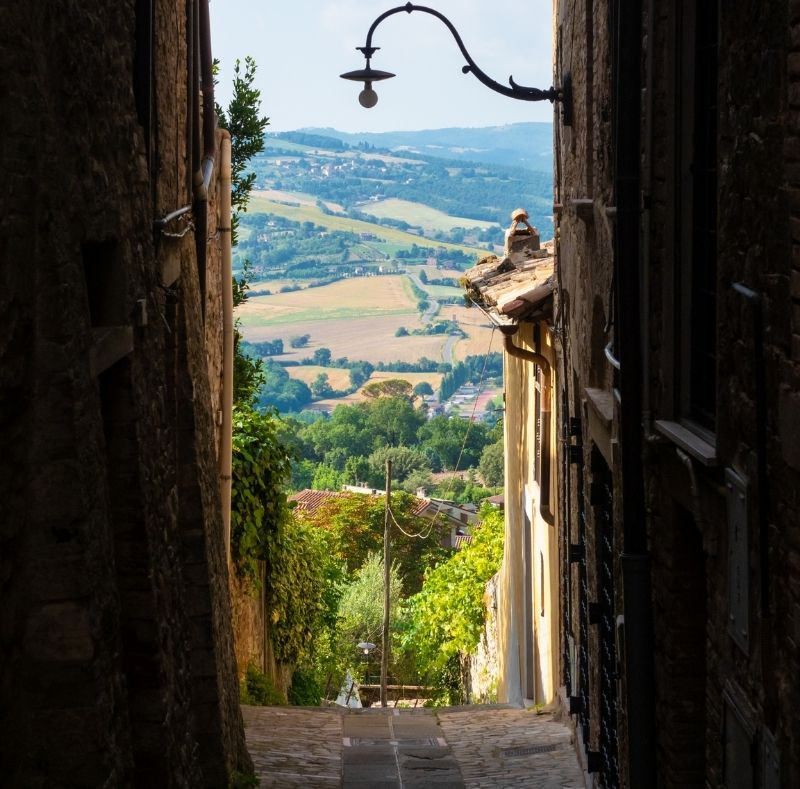
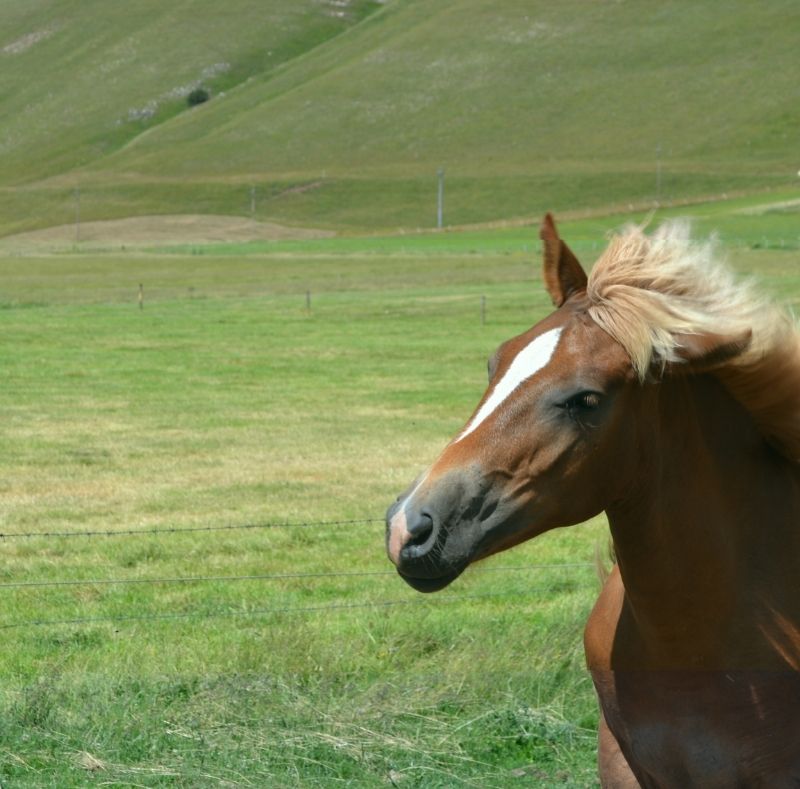
Essential features of its reputation are its unspoiled landscape, its unique art and architecture, and, perhaps most significantly, its deeply mystical heritage.
Add to that the region’s famously fine cuisine and exuberant festivals, and it’s no wonder that Umbria has developed a cachet all its own.
Recent decades have witnessed the arrival of a breed of “new Umbrians,” neo-settlers who have migrated here, maybe from Milan, Manchester, Copenhagen, or Manhattan.
While exploring the region’s splendidly scenic roads and byways, it’s not unusual to come across American couples enjoying the view or European travelers looking for rural escapism. Also, several Italian ex-urbanities have chosen a new, more relaxed way of life in its idyllic, largely rural setting.
Land of nuns and saints.
Assisi was founded by the Roman Empire in year 250 Before Christ.
Throughout decades,
Saints, nuns and monks founded monasteries and churches.
Christians pilgrims, and souls in search of peace travel here to pray
and meditate.



Putting Umbria on the map
Torgiano, our local headquarter, is a medieval village located in the Assisi valley, the birthplace of San Francis.
Located on the top of a small hill, surmounted by a tower of the 4th century, It hosts the most ancient oil of olive museum and preserves an old agricultural tradition.
Surrounded by small vineyards and olive fields, it’s the place that has inspired our journey by providing us with amazing products coming from its unique soil.
This Extra Virgin Olive Oil represents the core of the identity of this holy land.
Of all the regions that make up the Italian peninsula, Umbria is the only one to be landlocked.
The region covers 8,450 sq Km (3,260 sq miles), of which three-quarters belong to the province of Perugia and one-quarter to the area of Terni.
Plains make up less than one-tenth of the total area, and the rest is covered with hills and mountains.
The main river is the Tiber (il Tevere), and the highest peak is Monte Redentore, at 2,450m (8,050ft). Lake Trasimeno, west of Perugia, is the largest inland lake in central Italy.
Saint Francis of Assisi
The Canticle of the Sun, also known as Laudes Creaturarum (Praise of the Creatures) and Canticle of the Creatures, is a religious song composed by Saint Francis of Assisi.
Saint Francis is said to have composed most of the canticle in late 1224.
It was written in an Umbrian dialect of Italian but has since been translated into many languages. It is believed to be among the first works of literature, if not the first, written in the Italian language.[1]
In its praise of God, the Canticle of the Sun thanks Him for such creations as “Brother Fire” and “Sister Water.”
It affirms Francis’ theology as he often referred to animals as brothers and sisters to Mankind, rejected material accumulation and sensual comforts in favor of “Lady Poverty.”
(from Wikipedia)










